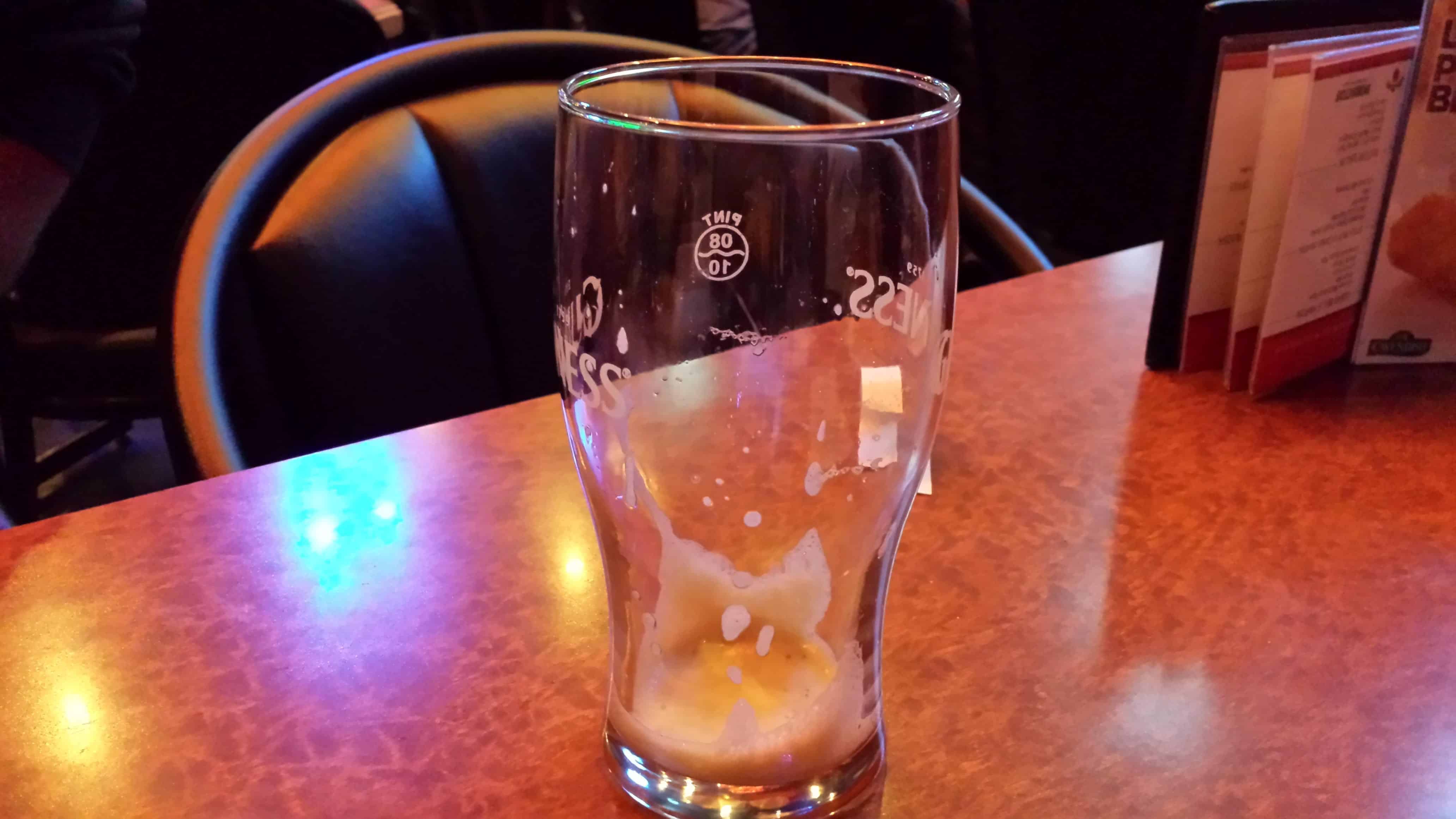
Criticism of U of S handling of Jan. 1 sexual assault case brings U of R policies under scrutiny
Lisa Schick
Contributor
University life is stressful enough without having to worry about how safe you are on campus. The recent sexual assault case at the University of Saskatchewan has brought safety into sharp relief.
The U of S is being criticized for what is being called a “slow and disorganized” response to an assault that happened on campus. The victim, not currently a U of S student, told police on Jan. 1 that she had been drugged at a nightclub and brought to the residences in McEown Park, but the university didn’t inform students for more than a month and a half after the fact.
Elizabeth Quinlan, founding member of the Coalition Against Sexual Assault at the U of S, said the university didn’t handle it well.
“It took six weeks and a meeting of the coalition against sexual assault and the family meeting with David Hannah to issue that alert,” she said.
David Hannah, associate yice-president of student affairs at the University of Saskatchewan, said the university didn’t release the information about the attack for three reasons: it wasn’t given a lot of information, it didn’t want to do anything to jeopardize the investigation, and it didn’t feel there was any continuing threat to the student body.
Quinlan describes those motivations as part of the problem with the university’s response.
“That’s number one, that the university would listen and take seriously reports of sexual assault,” Quinlan said. “The problem with not taking them seriously is that it has a chilling effect on victims; they’re reluctant to report if they know their reports aren’t taken seriously.”
She also said the university withholding information to try and protect the investigation means they’re compromising womens’ safety.
Quinlan referred to the Jane Doe story out of Toronto from 1986.
That year, a woman sued the Metropolitan Toronto Commissioners of Police. She was raped at knifepoint and later discovered there were four other women who had been assaulted in similar circumstances in her neighbourhood, but the police hadn’t devoted adequate resources to the cases and didn’t warn women in the neighbourhood.
The woman sued and won on the grounds of negligence, that her Charter equality rights were violated and her Charter rights to security of person were violated. The judge ruled that sexist thinking had been part of the police investigator’s decision to not inform the at-risk women – they thought women would panic and become hysterical.
Quinlan said the speed of the university’s response to an assault is important as well.
“The alerting of the report of sexual assault within 24 hours of those reports … so that people know what has happened … so that they can take the measures that they see fit to ensure their own safety,” she said.
The U of S administration’s response is even more frustrating, Quinlan says, because an independent audit of the school in 2004 resulted in 45 recommendations addressing several concerns relevant to the Jan. 1 case.
The report recommended that traffic services and campus security be separated so campus security could concentrate on policing duties instead of parking infractions. At the U of R, parking and security are already separate.
As was suggested in the report, there are closed circuit television cameras all over the U of R campus, outside doors are locked at night, and there is a campus safe walk program available through campus security 24/7; security usually will only go as far as Wascana Parkway, but officers will occasionally go out further.
One of the things the Coalition Against Sexual Assault was able to do was create a student advocate position in the U of S Students’ Union so victims could have a clear person to go to and there would be someone to help facilitate communication between the university administration and the victim. This position was established for a while, but was later dismantled in 2009.
Quinlan attributes some of the victim’s problems in the recent assault to the loss of that position.
“Because there was no such position, the victim and her family had to fumble around to try to find somebody who would take the information and let them know what procedures were going to be carried out and to keep in touch with the family and the victim, and that’s the kind of thing that the victim advocate would have done,” Quinlan said.
The University of Regina does have a student advocate position, currently filled by Karene Hawkins, but her job is to help students with academic and financial problems. There is no victims’ services organization on campus at the U of R, though student counselling services will take care of victim services duties when they’re needed.
But most of the controversy in the U of S assault came from the university’s slow response in informing the campus community about the assault, especially because the man accused in the case was still living in residence at the U of S until he was arrested in mid-February.
Specifically, under the “communication” section, the 2004 public safety report recommended the University “post alerts electronically by e-mail within 24 hours of the incident being reported to security.” And further along, under Institutional Responsiveness, the report also recommended that they “develop guidelines with respect to what incidents will be posted (in consultation with members of the university community).
“We recommend, at a minimum however, that all incidents of a sexual nature such as assaults and aggravated assaults, ‘peeping toms,’ people exposing themselves, etc. reported to DSS, be posted without delay,” the report continued.
These recommendations, made eight years ago, seem to be contrary to the U of S’s reaction earlier this year.
If a sexual assault were to occur on the U of R campus, it’s not clear whether the response would be the same.
Dave Button, the vice-president of administration at the U of R, said safety is always on the university’s radar and it’s an important subject for them.
“Our goal is to make the safest, most secure, most comfortable place to live, work and study possible,” he said.
Button said the university tries to put a lot of emphasis on prevention but, if an incident does occur, there are certain steps it takes.
“We would definitely evaluate every incident on a case-by-case basis to determine the nature of the incident and the most appropriate means to ensure safety on campus,” he said. “And if there was an assault on campus with any ongoing risk, we would definitely inform students and the campus community by the most appropriate and efficient means.”
But that means the university won’t necessarily inform the student body immediately if a sexual assault does take place on campus; the speed of its reaction would depend on its assessment of the situation.
“[We] get a number of different key agencies engaged to make sure we get the right advice before we go ahead and do any moves,’ he said.
Button said the university does feel speed is of the essence when it comes to assessing assault situations: “the earlier the better … our policies have us convene a group immediately to assess the situation as soon as we have any information.”
But Button said the U of R is well-positioned to maintain safety on campus, and female students seem to agree.
“It must be pretty safe, because I never thought of it,” said student Crystal Holtan. “I do have a night class, and now that they changed the parking so that you can actually park closer,it makes it better so you’re not walking a mile in the dark anymore – that really helps.”
Despite the feeling of safety, students would still want to be told if there were an assault on campus.
Currently there is no information readily available to students or the public relating to sexual assaults on the U of R campus in the last few years. Though the Regina Police Service posts sexual assault statistics on their website, that information is citywide.
According to the RPS, there were 141 reported sexual assaults in Regina in 2008, 154 in 2009, and in 2010 132.










